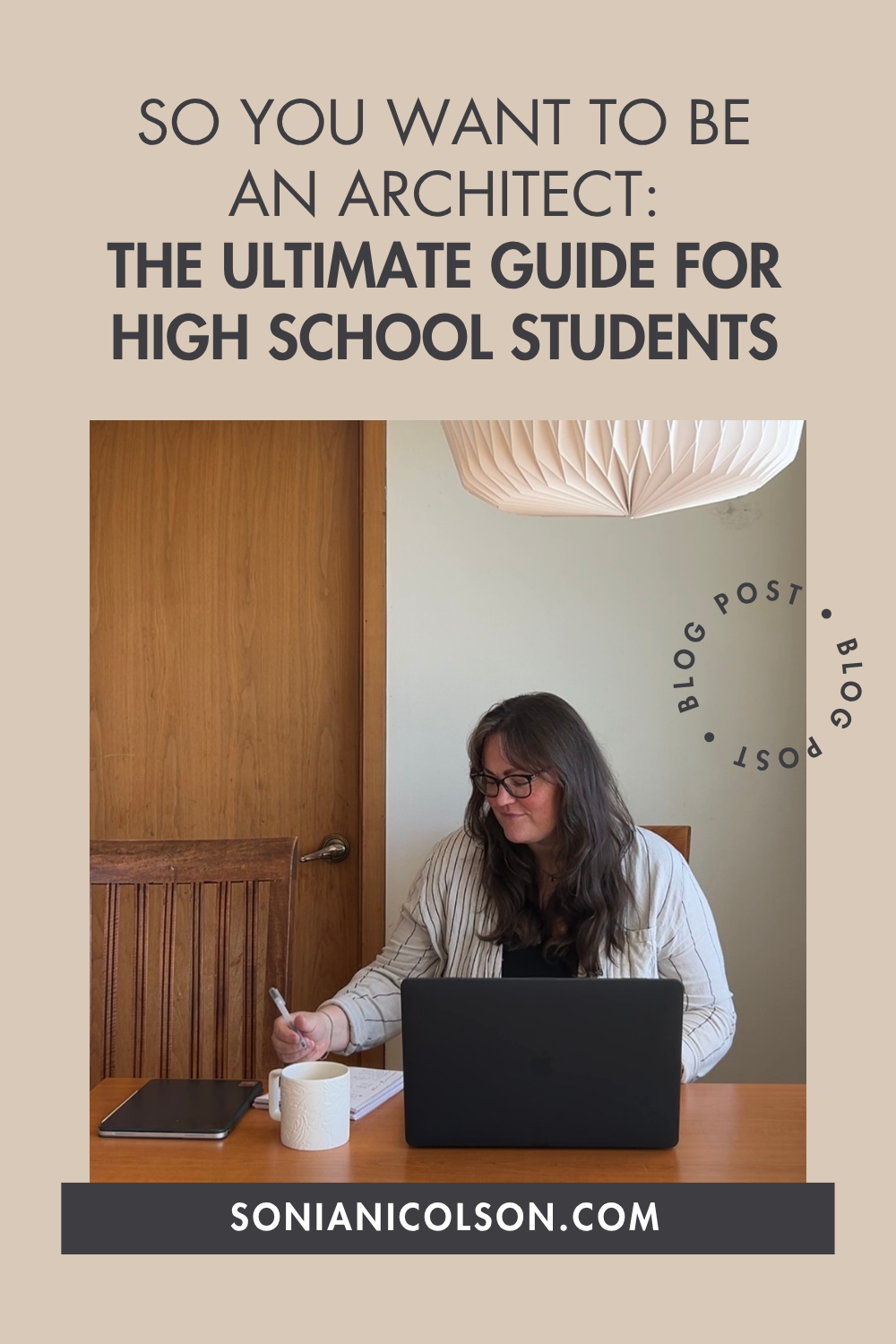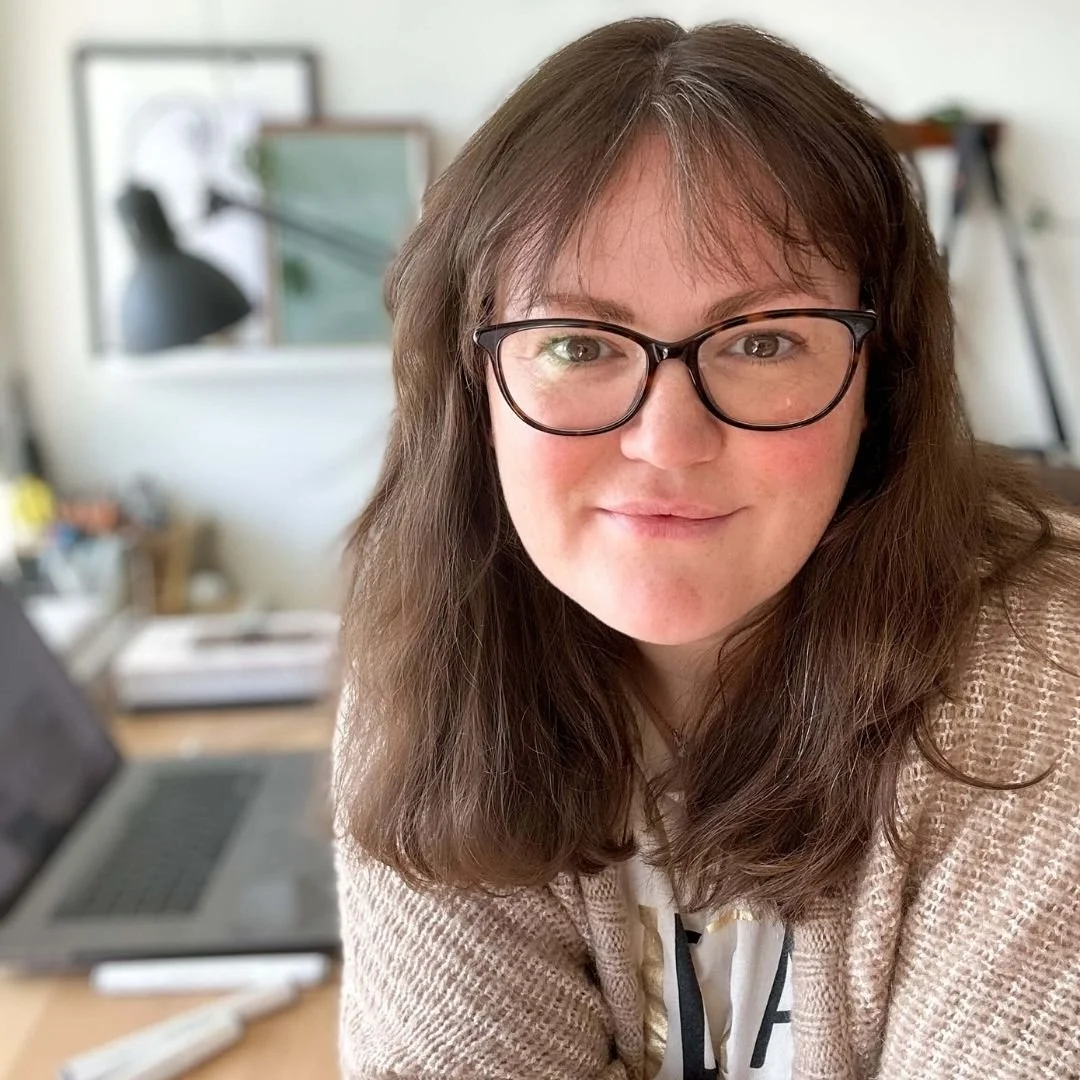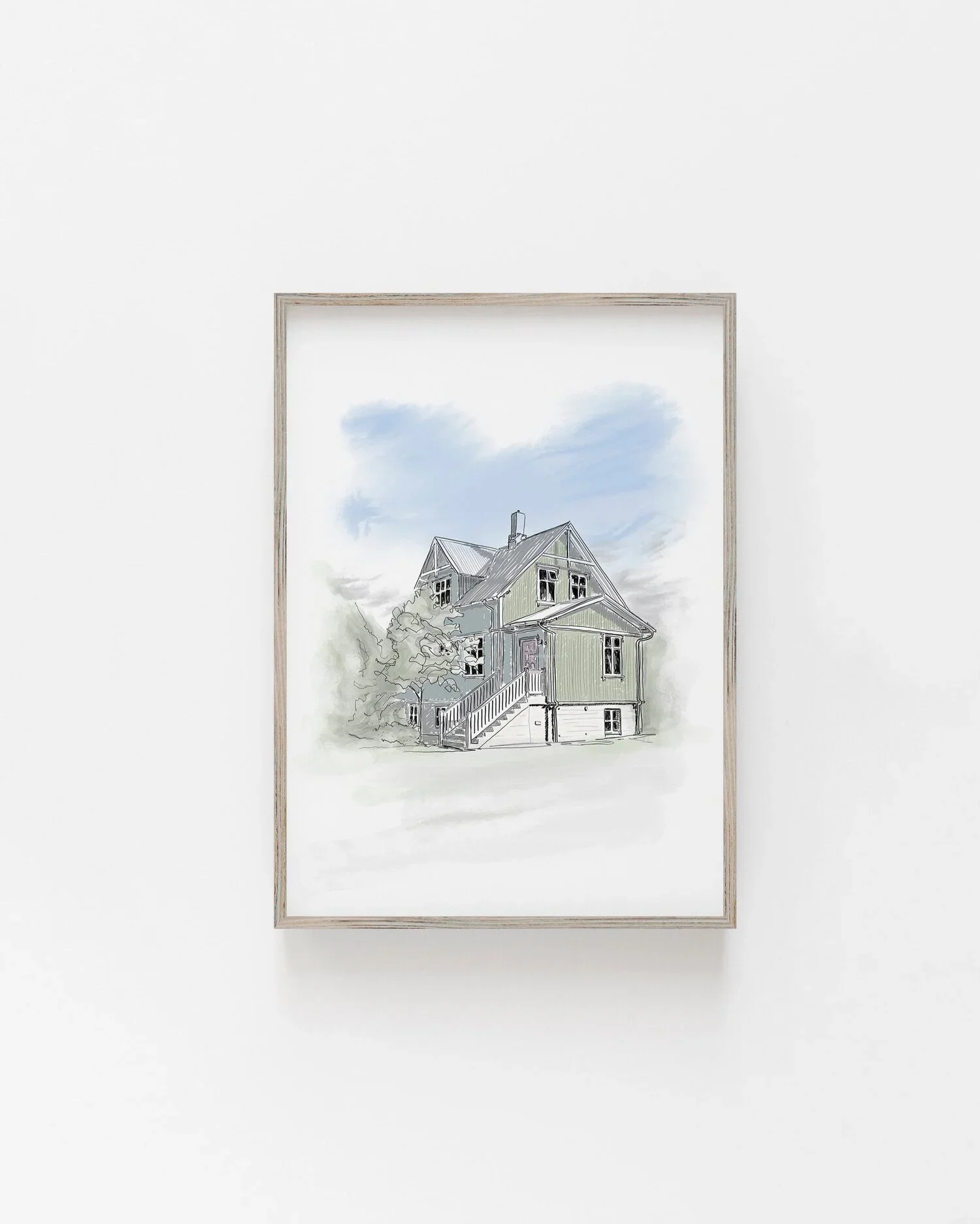So You Want To Study Architecture
/So You Want To Study Architecture - Insights from a Female Architect and Former University Senior Lecturer
As someone who has spent over 15 years immersed in architecture as a practising architect and a university lecturer, I’ve had the privilege of guiding thousands of students through their interior and architectural education. In my opinion, becoming an architect is one of the most rewarding journeys you can undertake, but it also demands a lot of time, hard work, caffeine, creativity, resilience, determination and strategic planning.
So, whether you're contemplating applying to an architecture school, already preparing your portfolio for an interview or have accepted a place on a course, this blog post is designed to offer valuable insights, stories, and practical advice to help you along the way.
Architecture, So Much More than a Building
Architecture is not merely about designing buildings; it's about crafting spaces that enhance human experiences. Every project is an opportunity to solve problems, tell stories, and shape the environment in which we live and work. But while the allure of architecture is strong, the journey to becoming an architect is rigorous and requires your full commitment.
A Conversation between Art and Science
Architecture is often described as a blend of art and science, and this duality is evident from day one of your studies.
You'll be expected to sketch concepts, model structures, and engage with complex technical details like structural integrity and environmental sustainability, as well as learn a whole new vocabulary. This requires not only creativity but also analytical thinking and technical skills.
Do I need Maths?
This is possibly my most asked question. Do I need to be good at math to study architecture?
The short answer is yes, it’ll help, but honestly, with smartphones and AI, you won’t be relying on your brain for all calculations (I’ve used ChatGPT in the office to figure out landfall % over site areas).
If you know basic math and can calculate an area, you’ll do just fine.
Studio Culture
The studio is the heart of an architectural education (aka your new home), and it’s one of the unique aspects of studying architecture. Unlike many other university courses, architecture (interior and modelmaking) students spend significant amounts of time in design studios collaborating with peers and receiving hands-on feedback from tutors.
The studio environment is where you’ll be given a project to work on, either in a group or alone. It’s where ideas are born, challenged, and refined. It’s also where you’ll spend countless hours working late into the night.
While studying in my postgraduate year in Japan, the studio was the culture, it was our home, and we were all like family. It was where everyone was, all the time. The all-nighter was a way of life, and people just grabbed a quick nap whenever and wherever they could between classes. It was about being a part of something, being around the tutors, around the other years, being on hand to help out, sharing meals, socialising, literally living and learning as one. The studio culture and its late nights/all-nighters were a rite of passage.
The Importance of Your Portfolio
When applying to architecture programs, your portfolio is arguably the most critical part of your application. It’s your opportunity to show off, to showcase your creative potential and your ability to think critically about design.
My advice is to start building your portfolio early and ensure it reflects a diverse range of skills and interests. Don’t be afraid to include work from different media such as photography, sculpture, or even creative writing.
The key is to demonstrate your unique perspective, story, ideas, style, interest, etc and how all of this can contribute to either the studio and course cohort (group of students in a year) when applying to study, or graduating and interviewing for a job.
Resilience and Adaptability
Architecture is not for the faint-hearted. (Read that again)
The workload is intense, deadlines are tight, it’s project after project, and the critique process can be rigorous. But it's precisely these challenges that prepare you for the realities of professional practice.
Over the years, I’ve seen students grow not just in their design capabilities but in their resilience and adaptability - qualities that are essential in an ever-evolving field like architecture.
“Sonia’s optimism and enthusiasm inspire others to reach their full potential. She has helped and guided me on a wide range of Interior Design and Architecture projects, and enriched my work through her innovative design thinking and creativity.” - Katie, Design Director @ktmdesignltd
“Sonia is a great teacher who has given me the opportunity to develop not just as a Designer but as a person…She is truly inspirational.” - Trisha, Former BA Student
And it’s a long road (may vary internationally)
Typically, your undergraduate degree will be 3-4 years, then you do a year’s work placement (architectural designer, assistant, etc) before returning to university to do your 1-2 year postgraduate. After that, you go back into the office (architectural assistant, project designer, etc) and start working towards your chartered exams. These are usually a year or more after your postgrad. Only then, when you successfully pass your professional certification and register, can you call yourself an architect.
Still up for it? Great. Let’s continue.
Don’t go for straight A’s (First Class Hons)
My BA students used to stress about how they were aiming for a First Class Hons and how anything lower wouldn’t be good enough. I completely disagree, and I’d often share my views on this.
Having graduated with a 2:1 BA (Hons) myself, I think this is the grade to aim for. It shows academic achievement without overachieving.
Yes, without overachieving might have made you skip a paragraph, but hear me out.
Student A is good in their studies, tests well and presents well-designed and thought-out projects. They’ve spent their entire time at the library, in every lecture with endless notes and done nothing but study.
Student B attended lectures, asked questions, questioned answers, researched opinions, studied precedents (precedent studies), discussed these with their peers (seminars and tutorials), visited sites, networked, collaborated, made memories, made mistakes, socialised and pulled all-nighters with mates.
Spot the difference?!
Either way, if you still get a First Class Hons degree, then well done, you.
Get out of the library
My point is to think outside the box, question it and step outside of it.
While your formal education will provide you with the foundational knowledge you need, much of what you’ll learn and will help you stand out will come from experiences outside the lecture theatre, studio or your tutorials and crits (presentations).
Travelling to see buildings and interiors firsthand, internships and work placements, engaging with architectural communities on and offline, and attending industry networking events can provide invaluable insights and experiences.
In my undergraduate studies, I was part of a society for local architects and students. We organised monthly meetings where local architects would talk about a project they were working on, we could visit their office and present our designs to get feedback, and there were social events like formal dinners where we could network with architects, designers and practitioners. This was great real-world exposure and helped form connections for when work experience was required.
I established something similar when I was teaching in India, as I had a network of interior designers and architects. I took my students to visit some of their amazing residential projects. They came to our campus for the final project presentations and took students for work experience.
You see, the more you expose yourself to different people, challenges, opportunities, styles, cultures, and practices, the richer your design approach will become and the more confident you’ll be in yourself.
Follow on Instagram @sonianicolson
If you found this post helpful, be sure to follow me on Instagram for more insights and advice. I also offer a range of free resources and courses designed to help aspiring architects like you succeed.





























